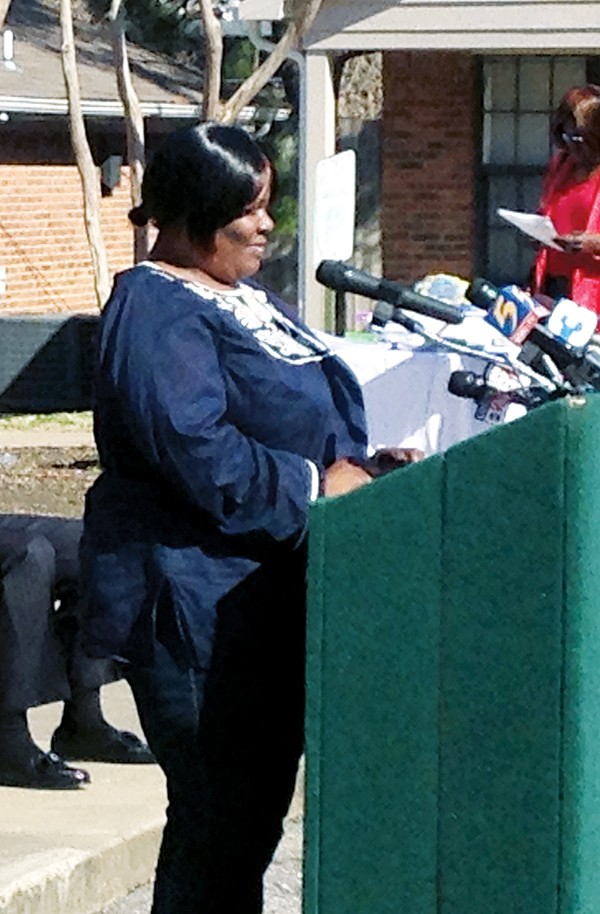
Kenzie Cleaves shares her story of homelessness.
Homelessness in Memphis and Shelby County has fallen 21 percent since 2012, according to the annual census taken here by the Community Alliance for the Homeless, and it marked the second double-digit decline in two years.
The latest census was taken in the cold, gusty hours from 5 a.m. to 7 p.m. on January 21st and 22nd. It was the third such count taken since the Memphis and Shelby County mayors established the Mayors’ Action Plan to End Homelessness in 2012. That plan began with a baseline census of homeless people throughout Shelby County in 2012.
The U.S. Department of Housing and Urban Development asks communities to conduct these counts. The federal agency defines “homeless” as people living in a place not meant for human habitation, emergency shelters, transitional housing, or other temporary residences. The census in 2012 found 2,076 homeless people in Shelby County. This past January’s count had only 1,636 people.
Memphis Mayor A C Wharton said the reduction is impressive but that his office and the 41 members of the Shelby County Homeless Consortium won’t stop working until homelessness is completely stamped out here.
“It may seem aspirational, but I think our people will keep working on this as long as we know the real size of the problem and don’t discount [the number of homeless people here], and we’ll keep plugging away as a community and as a united government,” Wharton said. “Birds have their nests. Foxes have their dens. Is it asking too much for our fellow human beings [to have a place to call home]?”
More than 150 volunteers conducted surveys with the homeless in Shelby County in January. Those interviews showed that chronic homelessness, veteran homelessness, and the number of homeless people without children were all down last year. Most of these were male (84 percent), some were female (14 percent), and some were transgender (2 percent). Nearly 70 percent of individual homeless people reported their race as black or African-American.
Family homelessness was down from 214 individual families in 2013 to 149 this past January. The census said none of those families were unsheltered last year, meaning they weren’t living on the street, and the majority of them (93 percent) reported their race as black or African-American.
The results of January’s census were announced in a news conference last week. Memphian Kenzie Cleaves was there, and she shared her story of having no place for her or her children to live when she got out of jail four months ago. The Department of Children’s Services connected Cleaves with Estival Place, which was established in 1991 by the Metropolitan Inter-Faith Association and later donated to the Promise Development Corporation. The space and the programs it offers have helped Cleaves become a better mother, she said.
“I was in the fast life and didn’t have time for [my children],” she said. “I wanted to rip and run the streets and all of that. We were living here and there, and it was like God sent an angel over my head, and now I feel stress-free and peaceful. Now I have a place I can call home.”